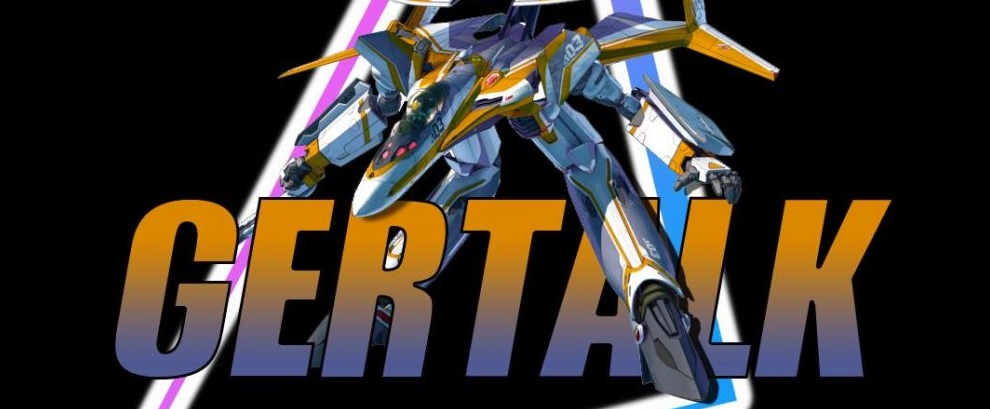The following article is the first part in a short series on Noboru Ishiguro, one of the legendary anime pioneers who sadly departed on March 20th, 2012, leaving behind a legacy of not just a half-century’s worth of highly-influential animated works, but also of a man whose kindness and strict work ethic was inspirational to many generations to come.

Noboru Ishiguro, like most pioneers, respected artists and activists, had a rather unstable, somewhat chaotic youth. Born in 1938, he spent his childhood in wartime, during which one of his earliest memories appears to have left a lasting impression on his philosophy for the rest of his life: hiding in shelters during the fire bombing raids by the allied forces was part of the norm for the young Ishiguro, and as he emerged to the surface of Tokyo once the quiet calm eerily returned, he turned his gaze to the streets he had not long prior been running down, and saw they had turned to rubble, leaving a lone lamppost bent at an angle. For him, the lamppost signified the fragile transience in all things. Everything changes, and nothing ever stays the same. This realization would remain latent in his mind and influence his carrier until the very end.






